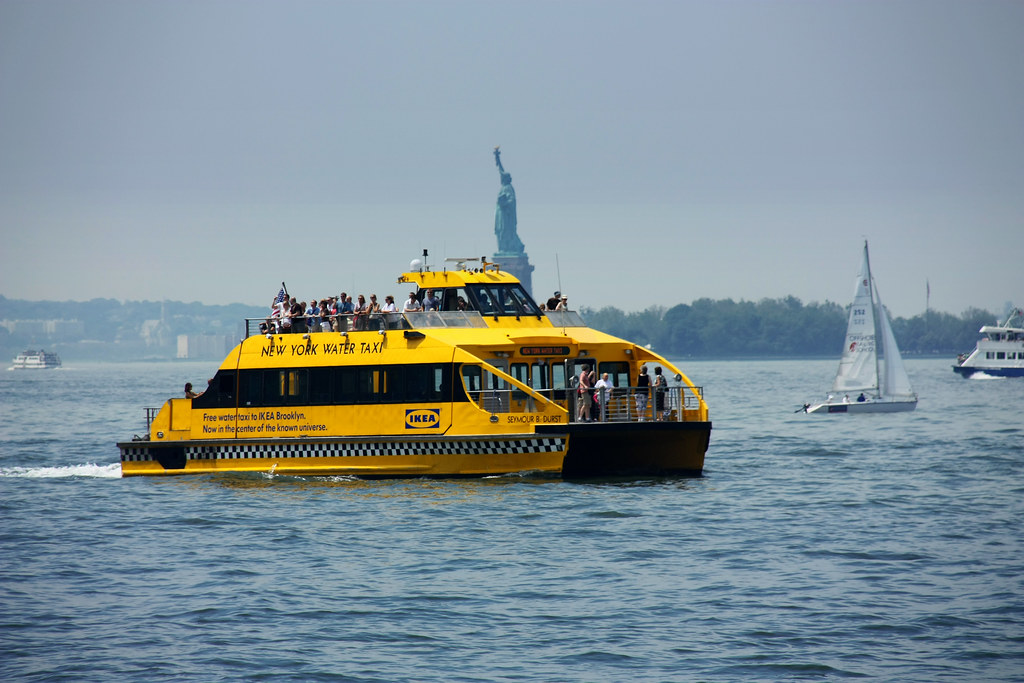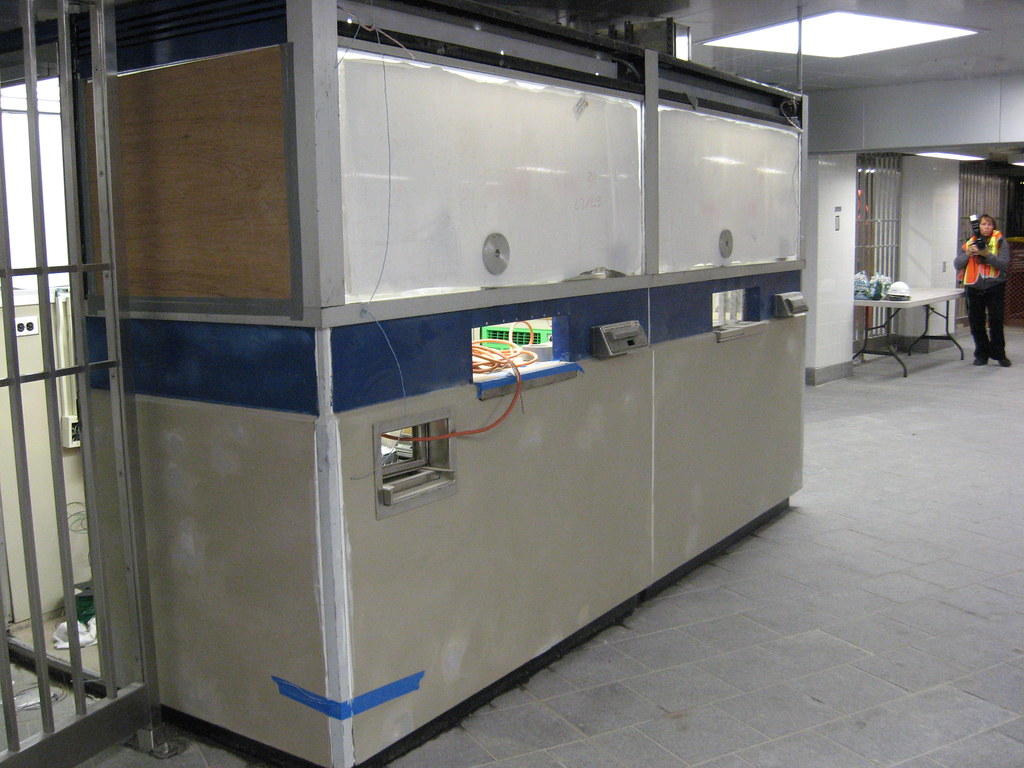
A painted bus lane can’t come close to matching the benefits of a subway.
When the MTA and New York City’s Department of Transportation unveiled the East Side Select Bus Service plans earlier this week, the back-slapping had started even before the politicians had enough time to pose in front of a new bus. Half a decade before Phase 1 of the Second Ave. Subway is set to debut, the new bus service — New York’s own half-hearted attempt at Bus Rapid Transit — will revitalize transit along the East Side. It will be, they said, a surface subway.
That final phrase is a loaded one, and it’s a huge exaggeration that’s being bandied about as though it’s nothing. It first popped up in a Daily News article on Monday morning because DOT Commissioner Janette Sadik-Khan used it. “We are basically building a surface subway for the 54,000 riders who use this route every day,” she said.
Sadik-Khan, generally a sound advocate for street developments, is just wrong. She, her DOT and the MTA aren’t basically building a surface subway for the city streets. They’re adding incremental improvements to the bus system, slapping a fancy name on it and proclaiming it the age of Bus Rapid Transit. What they’re offering is a far cry from true BRT, and it’s insulting to call it a surface subway.
Vitriol and outrage aside, it’s important to understand why Select Bus Service isn’t true Bus Rapid Transit and why Bus Rapid Transit, let alone New York’s SBS offerings, aren’t comparable to subway service. The biggest aspect of the SBS plans that prevent it from being rapid transit anything is the right-of-way. While 1st and 2nd Ave. will soon be marked with painted bus lanes similar to those that run across Fordham Road, these lanes are not bus-only lanes in the truest sense of the word. As long as the lanes are not physically separated from the rest of traffic and as long as these lanes don’t get signal prioritization, the Select Bus Service lanes are just fancy lanes for a glorified Limited bus service.
Intertwined with the right-of-way issues are concerns about speed. A local subway can go from Houston St. at Broadway to 125th St. at Lexington, a distance of approximately 6.4 miles covered by the 6 train, in 22 minutes. That’s an average speed of approximately 17.5 miles per hour. It currently takes the M15 nearly 90 minutes to make a similar trip up 2nd Ave. The MTA claims the SBS route along Fordham Road is 10-15 percent faster, and even if the same gains can be realized without dedicated lanes along the East Side, that entire trip will now take 80 minutes instead. It’s progress, but until buses can enjoy signal prioritization and blocking-the-box enforcement, they will forever be slowed by crosstown traffic and the ebb and flows of the avenues. A subway doesn’t have to wait for a car to clear the intersection before moving forward; a bus does.
Finally, we arrive at the issue of capacity. Simply put, a bus — even the new articulated Select Bus Service buses — cannot keep pace with a 10-car subway set. A typical R142A car is at capacity with 176 passengers, and so a ten-car set can hold 1760. A Nova Bus LFS can fit under 100 passengers. With 6 trains running every four minutes, the M15 would have to run at a near-continuous rate to provide bus service equivalent with subway service. No matter what the Transportation Commissioner might say, Select Bus Service isn’t a subway system.
For New York, it’s easy to feel cheated by these words. Our elected officials are engaged in some serious make-up artistry. They’ve offered up a halfway solution for bus rapid transit and are trying to put lipstick on a transit-deficient pig. If the city wants to offer subway service along 2nd Ave., it should work to expedite progress along the Second Ave. Subway. If it wants to offer true bus rapid transit, it should fight for physically separated lanes and signal prioritization. Otherwise, they may call it a subway, but if it walks like a bus and talks like a bus…


 Joel Miller, a doctor and a Republican Assembly representative from the Poughkeepsie area, should know about transit in New York City works. After all, he grew up and went to school in the city, and although he has lived in Poughkeepsie since 1969, he has served on the New York State Assembly since 1995. Considering how Metro-North serves his district and how people rely on the trains to get to and from the city, he should know all about it.
Joel Miller, a doctor and a Republican Assembly representative from the Poughkeepsie area, should know about transit in New York City works. After all, he grew up and went to school in the city, and although he has lived in Poughkeepsie since 1969, he has served on the New York State Assembly since 1995. Considering how Metro-North serves his district and how people rely on the trains to get to and from the city, he should know all about it.



















 As the MTA
As the MTA